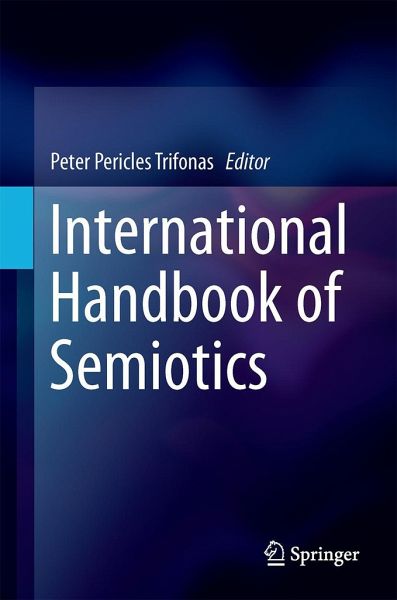
International Handbook of Semiotics

PAYBACK Punkte
178 °P sammeln!
This book provides an extensive overview and analysis of current work on semiotics that is being pursued globally in the areas of literature, the visual arts, cultural studies, media, the humanities, natural sciences and social sciences. Semiotics-also known as structuralism-is one of the major theoretical movements of the 20th century and its influence as a way to conduct analyses of cultural products and human practices has been immense.This is a comprehensive volume that brings together many otherwise fragmented academic disciplines and currents, uniting them in the framework of semiotics. ...
This book provides an extensive overview and analysis of current work on semiotics that is being pursued globally in the areas of literature, the visual arts, cultural studies, media, the humanities, natural sciences and social sciences. Semiotics-also known as structuralism-is one of the major theoretical movements of the 20th century and its influence as a way to conduct analyses of cultural products and human practices has been immense.
This is a comprehensive volume that brings together many otherwise fragmented academic disciplines and currents, uniting them in the framework of semiotics. Addressing a longstanding need, it provides a global perspective on recent and ongoing semiotic research across a broad range of disciplines.
The handbook is intended for all researchers interested in applying semiotics as a critical lens for inquiry across diverse disciplines.
This is a comprehensive volume that brings together many otherwise fragmented academic disciplines and currents, uniting them in the framework of semiotics. Addressing a longstanding need, it provides a global perspective on recent and ongoing semiotic research across a broad range of disciplines.
The handbook is intended for all researchers interested in applying semiotics as a critical lens for inquiry across diverse disciplines.













